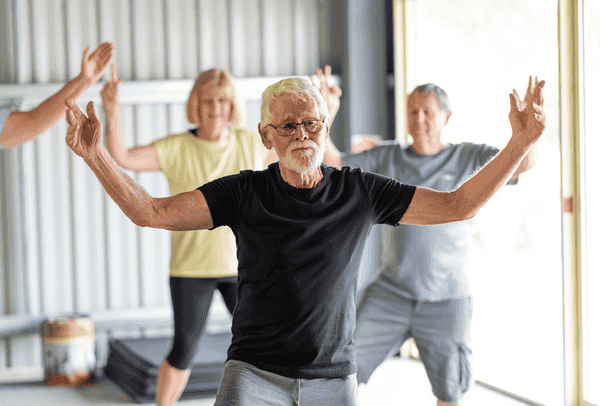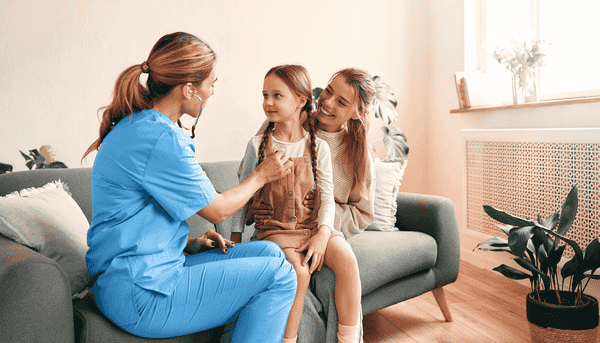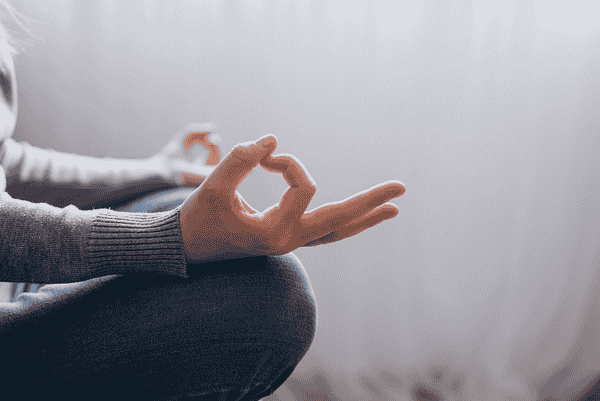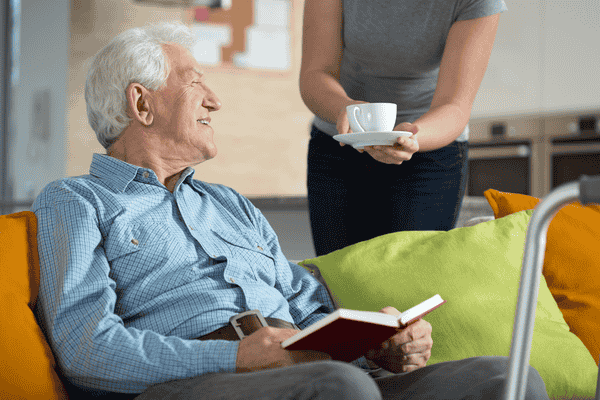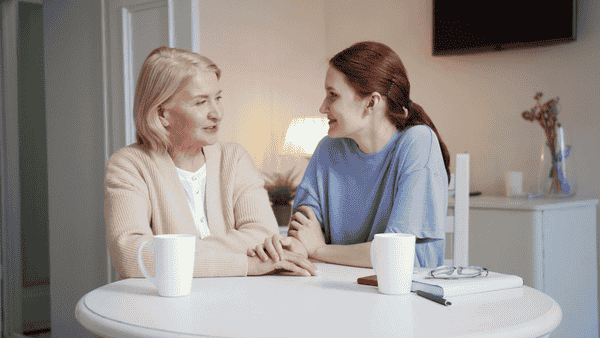As 76-year-old Margaret adjusted her glasses, she watched the sun rise over the small park near her home. This was her favorite time of day—when the world felt quiet and full of possibilities. After the passing of her husband, she had been struggling with feelings of loneliness and sadness. However, she found solace in her morning exercise, where the fresh air and gentle rustle of leaves provided a sense of peace and rejuvenation.
But Margaret’s friend, Bill, had a different perspective. Bill, a retired teacher, preferred the comfort of his living room, where he could watch the news while completing his daily stretching routine. He felt safe and secure indoors, far away from the uncertainties of the outside world. Their contrasting preferences sparked a debate: which environment—indoors or outdoors—was better for enhancing mental health through exercise?
In this blog, we’ll explore Margaret and Bill’s experiences, delving into the benefits of both indoor and outdoor exercise settings for elderly mental health. Through their stories, we’ll discover the ideal environments for physical activity and how each setting can contribute to well-being.
Margaret’s Outdoor Sanctuary
For Margaret, the outdoors had become a sanctuary. Every morning, she would lace up her sneakers, grab her walking stick, and head out the door. As she walked along the tree-lined path, she felt the warmth of the sun on her skin and the gentle breeze through her hair. It was more than just exercise; it was a daily ritual that connected her to nature and the world around her.
The benefits of exercising outdoors were palpable. Research has shown that nature can significantly improve mental health, reducing feelings of anxiety and depression. Margaret often experienced this firsthand. On days when she felt particularly low, a simple walk in the park could lift her spirits, clear her mind, and make her feel more connected to life.
Margaret cherished the interactions she had with fellow walkers, the small conversations about the weather or the local squirrels that made her feel less isolated. The sense of community was an unexpected bonus of her outdoor routine. She often returned home with a smile, her heart a little lighter and her mind a bit clearer.
The Science of Outdoor Exercise
Margaret’s love for outdoor exercise aligns with scientific research. Studies have shown that physical activity in natural settings can enhance mood, reduce stress levels, and promote a sense of well-being. The combination of fresh air, natural light, and the sights and sounds of nature can create a powerful antidote to feelings of loneliness and despair.
- Vitamin D and Mood Boost: Exposure to sunlight helps the body produce Vitamin D, which is linked to improved mood and cognitive function. For seniors, who may spend a lot of time indoors, getting outside can help combat deficiencies that contribute to feelings of fatigue and depression.
- Physical Activity and Mental Clarity: Regular physical activity is crucial for maintaining cognitive function in older adults. Outdoor exercises, such as walking, gardening, or even tai chi, not only improve physical health but also enhance mental clarity and cognitive flexibility.
- Connection to Nature: The therapeutic effects of nature are well-documented. Natural environments can reduce stress and promote relaxation, making outdoor exercise a natural choice for those seeking to improve their mental health.
Bill’s Comfort Zone: The Indoors
On the other hand, Bill found comfort and stability in his indoor routine. He had set up a small exercise area in his living room, complete with a yoga mat, resistance bands, and a set of light dumbbells. Each morning, he would tune in to his favorite online workout videos, guiding him through stretching and strength exercises.
While Bill valued the security of his indoor setting, he also recognized the challenges it posed for his mental health. The familiar walls of his home sometimes felt confining, and he often missed the invigorating feeling that came from being outside. Yet, for Bill, the thought of venturing into the unpredictable world outside often sparked anxiety.
The Benefits of Indoor Exercise
Despite Bill’s reservations about outdoor exercise, there are significant benefits to indoor physical activity, especially for seniors:
- Safety and Accessibility: For many seniors, the indoor environment is safer and more accessible. They can control their surroundings, minimizing risks such as uneven terrain, bad weather, or crowded spaces.
- Structured Programs: Many seniors find that indoor settings provide more structured exercise programs. Community centers, senior living facilities, and gyms often offer classes specifically designed for older adults, focusing on flexibility, balance, and strength—all crucial for maintaining health as one ages.
- Engagement social: While Bill preferred exercising alone, many indoor settings encourage social interaction. Group classes can foster a sense of community, combating feelings of isolation and loneliness.
- Personalization: Indoors, seniors can customize their routines to their comfort levels, choosing the intensity and type of exercise that suits them best. Bill enjoyed following along with videos that offered a mix of activities, ensuring he stayed engaged and motivated.
Finding a Balance
As the weeks went by, both Margaret and Bill began to notice changes in their mental health from their chosen exercise routines. Margaret felt more vibrant and energized, while Bill appreciated the structure and familiarity of his indoor workouts. However, they both realized that a balanced approach might yield the best results for their mental health.
Margaret suggested to Bill that they occasionally switch things up. One sunny afternoon, they decided to meet at the park for a gentle walk, combining both their preferences. As they strolled along the path, they shared stories and laughter, reminding each other of the joy that comes from companionship.
This change of scenery provided Bill with an opportunity to experience the outdoors without feeling overwhelmed. Margaret, in turn, felt invigorated by the company and support of her friend.
Combining Strengths: The Best of Both Worlds
As the weeks continued, Margaret and Bill developed a hybrid approach to their exercise routines, recognizing that both settings offered unique benefits for their mental health. They discovered that alternating between indoor and outdoor activities created a more holistic approach to well-being.
- Outdoor Activities: They made it a weekly tradition to walk together in the park, soaking in the beauty of nature while enjoying each other’s company. On particularly warm days, they’d even bring along a picnic, further enhancing their experience.
- Indoor Routines: On rainy days, they would meet at Bill’s place for structured workouts. They found joy in following along with videos that introduced new exercises, keeping their routines fresh and engaging.
- Connexions sociales: Both friends began inviting others to join them for their outdoor walks and indoor exercise sessions. The sense of community expanded, and they built a supportive network that contributed to their mental health.
Research-Backed Insights
Margaret and Bill’s experiences echo findings from various studies that emphasize the importance of both indoor and outdoor exercise for seniors:
- The Role of Nature in Mental Health: Research consistently shows that engaging with nature can lower cortisol levels (a stress hormone) and enhance feelings of happiness and relaxation. For seniors, this connection can be especially vital in combating loneliness and improving overall well-being.
- Physical Activity as a Mood Enhancer: Both indoor and outdoor exercises release endorphins, which are known as “feel-good” hormones. Regular physical activity can combat symptoms of anxiety and depression, regardless of the setting.
- Créer un environnement favorable: Having a social support system, whether through group classes or friends, can amplify the mental health benefits of physical activity. Both Margaret and Bill experienced this firsthand as they grew their community of support.
Practical Tips for Seniors
As Margaret and Bill continued to explore their exercise options, they also compiled a list of practical tips for other seniors seeking to enhance their mental health through physical activity:
- Start Slow: Whether indoors or outdoors, begin with activities that feel comfortable. Gradually increase intensity and duration as confidence and strength build.
- Mix It Up: Don’t hesitate to try different types of exercises. Whether it’s walking, dancing, or yoga, variety can keep routines exciting and engaging.
- Prioritize Safety: If exercising outdoors, choose safe routes and times of day with favorable weather. For indoor workouts, ensure the environment is free from hazards.
- Incorporate Social Interaction: Whether through group classes or exercising with friends, building social connections can significantly enhance the mental health benefits of physical activity.
- Écoutez votre corps: Pay attention to how your body feels during and after exercise. Adjust routines as necessary to ensure comfort and enjoyment.
Conclusion: Finding Your Ideal Environment
Margaret and Bill’s journey underscores the importance of exercise settings in enhancing mental health for seniors. Both outdoors and indoors offer unique benefits that can contribute to well-being. Ultimately, the best environment for physical activity is the one that resonates most with the individual.
For seniors like Margaret and Bill, exploring both settings led to a richer, more fulfilling exercise experience. By combining the invigorating essence of nature with the comfort of indoor routines, they created a holistic approach to their mental health.
As you consider your own exercise routine, take a page from their book: embrace the outdoors when the sun shines, and find joy in the comfort of your home on rainy days. The key is to stay active, stay connected, and prioritize your mental health—no matter where you choose to exercise.
